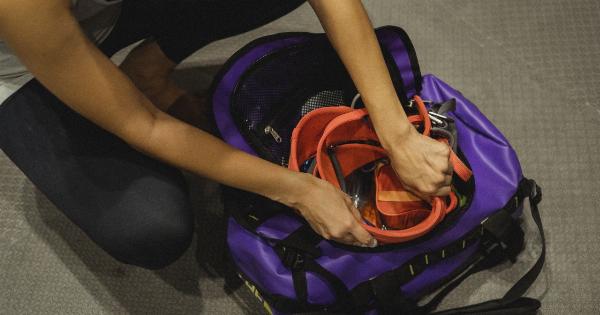Cycling is a fantastic way to spend time outdoors and stay fit and healthy. It allows you to explore new places, enjoy the fresh air, and experience the thrill of moving swiftly on two wheels.
And what could be better than enjoying all these benefits with your beloved furry friend? Cycling with your canine companion can be an incredibly rewarding experience for both of you. However, it’s crucial to be aware of the potential risks involved to ensure the safety and well-being of your dog.
In this article, we will discuss four important risks you need to consider before hitting the road with your canine companion on a cycling adventure.
1. Physical Strain and Heat Exhaustion
Cycling requires physical exertion, and the same goes for your dog when running alongside your bike.
While certain breeds, like Huskies or Border Collies, may be more suitable for high-energy activities like cycling, it’s essential to consider your dog’s fitness level, age, and overall health before embarking on a ride. Just like humans, dogs can experience physical strain and heat exhaustion if they are not accustomed to intense exercise.
Prior to cycling with your dog, consult with your veterinarian to determine if your furry friend is in good health and fit enough to handle the physical demands of cycling.
Start with short rides at a moderate pace and gradually increase the distance and intensity. Make sure to carry water for both you and your dog to stay hydrated throughout the ride, especially on hot and humid days.
2. Traumatic Injuries
While cycling, accidents can happen, and your dog may be at risk of sustaining traumatic injuries. It’s essential to ensure your dog’s safety by taking certain precautions.
First and foremost, invest in a high-quality harness or leash attachment specifically designed for cycling. This will allow you to have better control over your dog and prevent them from running into oncoming traffic or getting tangled in your bike.
Choose safe and dog-friendly routes for cycling, avoiding busy roads with heavy traffic. Stick to designated bike paths or quieter streets to minimize the risk of accidents.
Always keep a safe distance between your dog’s running path and the bicycle to prevent sudden jerks or collisions.
In case of an accident or injury during a ride, be prepared with a basic first aid kit for both you and your dog. Additionally, keep your veterinarian’s contact information handy so you can seek immediate assistance if needed.
3. Exposure to Environmental Hazards
When you and your dog are out cycling, you are exposed to various environmental hazards that can potentially harm your furry friend. It’s crucial to be aware of these hazards and take appropriate measures to protect your dog from harm.
One of the most common hazards is extreme weather conditions. Dogs are susceptible to heatstroke and frostbite, so it’s important to avoid cycling during extremely hot or cold weather.
If you must cycle in such conditions, consider investing in protective gear for your dog, such as boots, coats, or cooling vests, and know the signs of heatstroke or hypothermia.
Another environmental hazard that can pose a risk to your dog is encounters with other animals. Keep an eye out for stray dogs, aggressive wildlife, or even unleashed pets during your rides.
If you spot any potential danger, have a plan in place to protect your dog and yourself from harm.
In addition, be cautious of the surfaces you cycle on. Hot asphalt or rough terrain can cause injuries or damage your dog’s paw pads. Consider using protective booties for your dog to prevent any discomfort or injuries on abrasive surfaces.
4. Mental Stress and Overstimulation
While some dogs may absolutely love the adventure and thrill of cycling, others may find it mentally stressful or overstimulating. It’s important to be aware of your dog’s behavior and stress levels during rides.
Some dogs may become anxious, scared, or excessively excited during a cycling session. This can lead to unwanted behavior like pulling on the leash, lunging at distractions, or even trying to chase moving objects like vehicles or other animals.
To prevent accidents or injuries caused by such behavior, it’s essential to train your dog to stay focused and calm during rides. Consider enrolling in obedience or behavior training classes with a professional trainer to help your dog become more comfortable and well-behaved during cycling.
Additionally, pay attention to signs of physical fatigue or mental exhaustion in your dog. If your furry companion starts lagging behind, panting excessively, or exhibiting signs of stress, it’s important to stop and take a break.
Allow your dog to rest, hydrate, and recover before continuing the ride.
Conclusion
Cycling with your dog can be an excellent way to spend quality time together and enjoy the outdoors. However, it’s crucial to be aware of the potential risks and take necessary precautions to ensure your dog’s safety and well-being.
Consider consulting with your veterinarian to determine if your dog is fit for cycling, invest in proper gear and equipment, choose safe routes, and be mindful of environmental hazards and your dog’s mental state. By being proactive and responsible, you can create enjoyable and safe cycling experiences for both you and your canine companion.





























